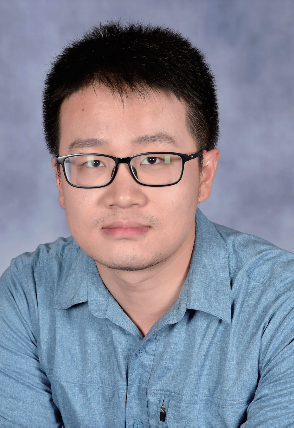Peichen Zhong
Department of Materials Science and Engineering, University of California Berkeley
Materials Sciences Division, Lawrence Berkeley National Laboratory
EXTENDED ABSTRACT: The pursuit of carbon neutrality has become a global imperative in the face of climate change, driving the transition to renewable energy sources and the widespread adoption of electric vehicles. The development of new cathode materials is essential to meeting the increasing demand for energy storage and advancing the electrification of transportation systems. Modem battery materials can contain many elements with substantial site disorder, and their configurational state has been shown to be critical for their performance. The multicomponent nature of these materials introduces chemical, configurational, and kinetical complexity, which are challenges in energy materials modeling.
Taking disordered rocksalt cathode (DRX) materials as examples, I will first introduce multiple computational techniques, including the cluster expansion method for statistical mechanics on lattices, mathematical programming (e.g., mixed integer quadratic programming) for robust modeling, and Monte Carlo simulations. In the second part, I will introduce the universal pretrained machine learning interatomic potentials (CHGNet) with charge information built in to represent the chemical environments. Examples will be discussed on how to apply the lattice models and CHGNet as an integrated approach to address the energy materials modeling.
Keywords: lattice model, Monte Carlo, machine learning, pretrained models, AI for materials science.
REFERENCES
1. P. Zhong et al., Phys. Rev. B 106, 024203 (2022)
2. P. Zhongt, F. Xiet, et al. PRX Energy 2, 043005 (2023)
3. L. Barroso-Luque, P. Zhong et al, Phys. Rev. B 106, 144202 (2022).
4. B. Deng, P. Zhong*, et al. G. Ceder*, Nat. Mach. Intell. 5, 1031 (2023).

Peichen Zhong completed his Ph.D. in Materials Science from UC Berkeley in August 2023. Before Berkeley, he finished his B.S. in physics from University of Science and Technology of China (USTC) in 2018. Currently, he is a postdoctoral researcher working with Prof. Gerbrand Ceder at Lawrence Berkeley National Laboratory. His research focuses on (1) Computational design of energy materials from first principles; (2) Statistical mechanics and electronic structure methods in solid-state materials. (3) AI for Science: atomistic modeling, materials science, sustainability.